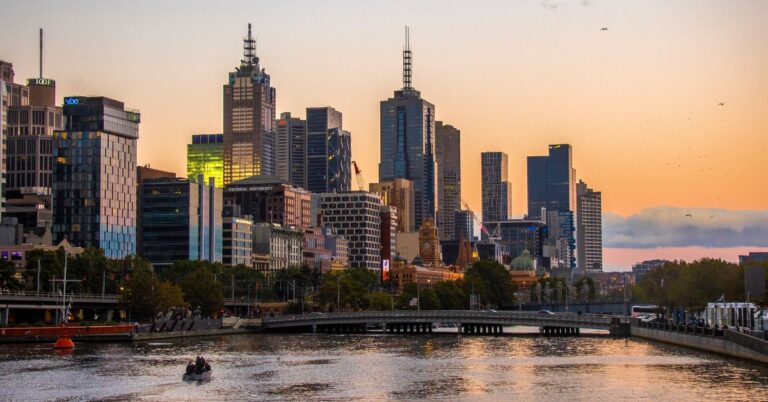Planning to extend your home in Melbourne? Whether you’re adding a new bedroom, expanding your kitchen, or creating an outdoor living area, one crucial step stands between your plans and construction — the approval process.
Before you can begin building, your extension must meet local council regulations, and you’ll need the correct permits in place. Understanding the approval steps and documentation required can save you time, stress, and costly delays.
This article breaks down the extension approval process in Melbourne, explains the difference between planning and building permits, and shows you how to get your project approved quickly and efficiently.
1. Why Approvals Matter for Home Extensions
Melbourne homeowners often underestimate the importance of securing proper approvals before starting their extension. However, these permits aren’t just formalities — they ensure that your build is safe, legal, and compliant with the local planning scheme.
Without approvals, you could face:
- Stop-work orders from the council
- Fines or penalties
- Difficulties selling your property later
- Costly rectification works
Getting approval first helps you avoid these issues and ensures your project meets Victorian Building Authority (VBA) standards and local council requirements.
2. Overview of the Extension Approval Process in Melbourne
The approval process involves two main stages:
- Planning Permit – ensures your proposed extension aligns with the local council’s planning scheme.
- Building Permit – confirms the design meets construction safety and structural regulations under the Building Code of Australia (BCA).
In many cases, you’ll need both permits before work begins. Let’s go through each in more detail.
3. Step 1: Determine Whether You Need a Planning Permit
A planning permit assesses how your extension will affect the surrounding area — including neighbours, streetscape, and the environment.
You may need a planning permit if your extension:
- Increases building height or changes the external appearance
- Is close to property boundaries
- Affects natural light or privacy of neighbours
- Is located in an overlay area (e.g. heritage or environmental zones)
- Changes land use or site coverage beyond the allowed limit
You can check if a planning permit is required by visiting your local Melbourne council website or using the VicPlan online tool.
Tip: Always confirm permit requirements before finalising designs. Starting the design process without checking planning controls can lead to major redesign costs later.
4. Step 2: Prepare and Submit Your Planning Permit Application
Once you know you need a planning permit, your next step is to prepare the required documents.
Commonly required documents include:
- A detailed site plan and elevation drawings
- Neighbouring property context plan
- Shadow diagrams (if applicable)
- Written report addressing planning objectives
- Application form and council fees
Submit your application to your local council’s planning department.
The council may then:
- Review your submission
- Request additional information
- Notify neighbours for feedback or objections
- Assess compliance with the Planning and Environment Act 1987
Timeline:
The planning approval process generally takes 6–12 weeks, depending on council workload and complexity of your proposal.
5. Step 3: Obtain Building Permit Approval
Once your planning permit (if required) is granted, the next step is obtaining a building permit.
A building permit is issued by a registered building surveyor — not necessarily the council. It confirms that your plans comply with the Building Code of Australia and Victorian Building Regulations.
To apply for a building permit, you’ll need:
- Final construction drawings and engineering details
- Energy efficiency reports
- Soil tests and site assessments
- Builder’s registration details
- Planning permit copy (if applicable)
- Proof of property ownership or consent
Timeline:
Most building permits are approved within 2–4 weeks, provided all documents are complete.
Once approved, you’ll receive a Building Permit Number and can officially commence construction.
6. Step 4: Understanding Regulatory Requirements
Throughout the approval process, several regulatory bodies oversee compliance:
- Victorian Building Authority (VBA): Regulates builders, surveyors, and building standards.
- Local Council: Handles planning permits, overlays, and zoning compliance.
- Energy Safe Victoria: Reviews electrical and gas safety compliance.
- WorkSafe Victoria: Oversees safety on construction sites.
Meeting all regulatory requirements ensures your project proceeds legally and safely.
Common regulatory checks include:
- Structural stability
- Fire safety measures
- Energy efficiency standards
- Stormwater and drainage systems
- Minimum room dimensions and ventilation
7. Step 5: During and After Construction
Once work begins, regular inspections are carried out by your building surveyor. These typically occur at stages such as:
- Foundation/slab
- Framing
- Waterproofing
- Final completion
After all stages pass inspection, your surveyor will issue a Certificate of Final Inspection or an Occupancy Permit, depending on the extension type.
This final documentation proves your extension is fully compliant and ready for use.
8. How to Streamline the Approval Process
Delays are common when applications are incomplete or when homeowners make design changes mid-approval. Here’s how to keep things running smoothly:
- Engage an experienced architect or building designer familiar with Melbourne council standards.
- Double-check all documentation before submitting your application.
- Maintain clear communication with your builder and designer.
- Respond promptly to council requests for extra information.
- Avoid major design changes after submission.
Taking a proactive approach can reduce your approval time by several weeks.
9. Common Reasons for Permit Delays
Understanding why some applications get held up can help you avoid the same mistakes:
- Missing or inconsistent drawings
- Non-compliance with local overlays
- Neighbour objections
- Incomplete engineering details
- Late responses to council queries
Working with a professional who understands local regulations can help you overcome these obstacles efficiently.
10. Frequently Asked Questions
Q: Do all home extensions need council approval?
A: Not always. Small internal or minor structural changes might not require a planning permit, but most external extensions will. Always check with your local council first.
Q: What’s the difference between a planning and a building permit?
A: A planning permit deals with design and zoning compliance; a building permit ensures construction safety and structural compliance.
Q: How long does the entire approval process take in Melbourne?
A: Typically 2 to 4 months from submission to approval, depending on council workload and the project’s complexity.
Q: Can I start construction without a building permit?
A: No. Starting without a valid building permit is illegal and can lead to heavy fines or stop-work orders.
Q: Who applies for the permits — me or the builder?
A: Usually your designer or builder can assist, but you’re legally responsible for ensuring permits are obtained before work begins.
11. Key Takeaways
- Most Melbourne extensions require both a planning permit and a building permit.
- Allow 8–16 weeks for total approval, depending on complexity and council processing times.
- Always check your site’s zoning and overlays early in the design stage.
- Choose qualified professionals to prepare documentation and communicate with the council.
12. Final Thoughts
Understanding the extension approval process in Melbourne is essential for any homeowner planning to upgrade their space. From initial design concepts to final inspection, each step ensures your project complies with council and state regulations.
By preparing the right documents, engaging experienced professionals, and following every step carefully, you can avoid unnecessary stress and get your dream extension approved faster — setting the stage for a smooth, successful build.
Suggested Schema Markup:
- Article Schema
- FAQ Schema
- HowTo Schema
Internal Link Suggestions:
- “How to Get a Building Permit in Melbourne”
- “House Extension vs Moving: Which is Better?”
- “Home Building Timeline Melbourne”
- “Choosing the Right Builder in Melbourne”




